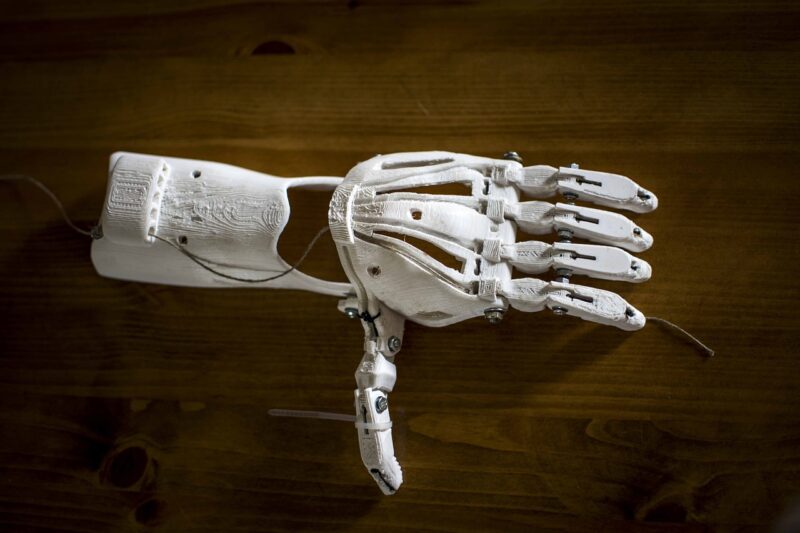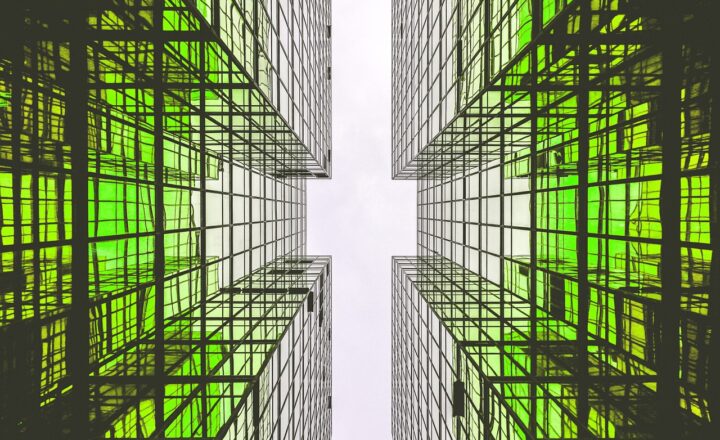3D Printing: How This Technology Could Soon Change Your Life
November 10, 2024

3D printing, often referred to as additive manufacturing, is a revolutionary technology that has the potential to transform not only industries but also everyday life. By creating objects layer by layer from a digital model, 3D printing eliminates the need for traditional manufacturing methods that often require extensive tooling and machinery. As we delve into this fascinating technology, we’ll explore its applications, benefits, and how it might shape our future.
1. The Basics of 3D Printing
At its core, 3D printing involves three main steps: designing the model, slicing it into layers, and printing it. Let’s break down these steps.
- Model Design: Using CAD (Computer-Aided Design) software, an object is designed digitally. This model serves as a blueprint for the printer.
- Slicing: The 3D design is sent to slicing software, which divides the model into hundreds or thousands of horizontal layers. This information is crucial for the printer to assemble the object layer by layer.
- Printing: Finally, the 3D printer begins to lay down material, adhering it layer by layer according to the sliced model, until the complete object is formed.
3D printing can utilize various materials, including plastics, metals, and even biological substances. As the technology evolves, the range of materials continues to expand, enabling the creation of more complex and intricate designs.
2. Applications of 3D Printing in Everyday Life
3D printing is already being integrated into various fields, and its implications are vast. Here are some of the most exciting applications of the technology:
- Healthcare: 3D printing is transforming the medical field by enabling the creation of custom prosthetics and implants tailored specifically to individual patients. Surgeons can use 3D printed models of organs for better pre-operative planning, improving outcomes for complex surgeries.
- Fashion and Jewelry: Designers are employing 3D printing to create unique, intricate patterns that would be impossible or very costly to achieve through traditional methods. It allows for rapid prototyping and sustainable production practices, minimizing waste.
- Home Goods and Decor: From furniture to decorative items, 3D printing allows designers to produce custom items at a fraction of the cost and time. Homeowners can download designs and print them from home or order them online for a personalized touch to their living spaces.
- Aerospace and Automotive: Companies are using 3D printing technology to manufacture lightweight, complex components that enhance performance and fuel efficiency. Parts can be produced on-demand, reducing the need for extensive inventory and allowing for faster repairs.
With these applications, it’s clear that 3D printing is more than just a passing trend—it’s a technology that can potentially enhance various aspects of our daily lives.
3. Advantages of 3D Printing
The advantages of 3D printing are significant, contributing to its growing popularity across industries. Here are some key benefits:
- Customization: Traditional manufacturing often struggles with customization. 3D printing allows for personalization at scale, enabling products to be tailored specifically to consumer preferences without incurring high costs.
- Cost Efficiency: With reduced material waste and shorter lead times, businesses can save money over traditional manufacturing methods. Additionally, the ability to produce items on-demand means less capital tied up in inventory for businesses.
- Faster Prototyping: 3D printing significantly speeds up the prototyping process. Designers can quickly iterate and test new ideas, leading to innovation and improved time-to-market for new products.
- Sustainability: As 3D printing minimizes waste and can utilize recycled materials, it presents an eco-friendly alternative to traditional methods that rely heavily on manufacturing processes and supply chains that contribute to pollution and waste.
These advantages not only benefit industry stakeholders but can also lead to more sustainable consumer choices and innovation.
4. The Future of 3D Printing
As 3D printing technology continues to evolve, its potential applications are limitless. Here are some anticipated advancements:
- Mass Production: While traditionally seen as a method for small-scale production, advancements in speed and scale will likely lead to greater adoption for mass production, revolutionizing supply chains.
- Food Printing: 3D food printers are already a reality, allowing for the creation of intricate food designs and potentially reducing food waste by using composite materials for printing.
- Construction: The construction industry is exploring 3D printing of homes and buildings, enabling faster, more affordable construction methods while reducing waste and improving sustainability.
- Bioprinting: In the realm of healthcare, the possibility of printing tissues and organs is on the horizon, which would drastically change how we approach transplantation and organ shortages.
As these developments unfold, 3D printing stands ready to redefine our lives, from the products we use to the very structures we inhabit.
5. Conclusion: Embracing the Change
3D printing technology is no longer a futuristic concept; it is here and now, gradually integrated into various aspects of our lives. Understanding its implications is essential to harnessing its potential benefits fully. As it evolves, societies that embrace these changes will likely find themselves at the forefront of innovation and advancement.
Are you ready to embrace the 3D printing revolution? Whether it’s crafting your own custom toys, printing personalized home decor, or witnessing breakthroughs in healthcare, there’s no denying that 3D printing could soon change the way we live, work, and interact with the world.
6. Call to Action
Stay tuned for more insights on emerging technologies and how they are shaping our future. Engage with 3D printing through local workshops or online resources to truly experience its limitless possibilities.







